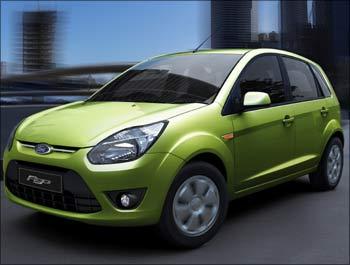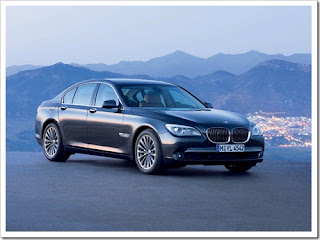For four decades, Fiat was the only well-known car brand in India other than Ambassador. What’s more, while Ambassador was for the officialdom and families, Fiat was the car of the yuppie, forward-looking folks. So strong was the brand name that it did not get diluted even though the badge changed to Premier as far back as 1973.
However, what time could not do, competition did. The advent of Maruti in the early 1980s, which quickly captured 80 per cent of the market (it also had 80 per cent of the industry capacity) left Fiat and Ambassador gasping in its wake. And the unbridled entry of foreign multinationals in the second half of the 1990s dramatically altered the look of India’s roads. So much so that Fiat had to turn to a brand ambassador, Sachin Tendulkar, in 19XX to re-establish itself when it sought to regain lost glory with Sienna, Uno, Palio and Adventure. (Maruti, well-entrenched as Fiat once was, has largely shunned brand ambassadors except for brief flirtations with Amitabh and Abhishek Bachchan for Versa and Farhan Akhtar for A-Star.)
Fiat entered into a technical tie-up with Mumbai-based, Doshi family-owned Premier Automobiles to produce the Uno in 1995 though their association was formed way back in the 1950’s. It took control of the Kurla (suburb of Mumbai) operations three years later when Fiat India’s automotive division was spun off as a seperate unit. Fiat India Auto (FIAL), the holding company, held 51 per cent in the new entity which was subsequently renamed to Fiat India (FIL), where the Italian company increased its joint stake further to almost 100 per cent by 2005.
Fiat Grande PuntoSachin’s magic, which quickly made TVS Victor motorcycle a large-selling model, failed to work in the face of the reputation that Fiat’s cars acquired: Mainly, not very fuel-efficient, and not very well-serviced after the sale. Now, Fiat India is in the throes of a third coming in India, with cricketer Yuvraj Singh, with a muffler around his neck of the same shade as the Grande Punto on the hoarding, as its new face. And the early signs are encouraging.
Fiat India Automobiles, an equal stakes venture between Fiat Group Automobile S.p.A and Tata Motors, has launched two new models in six months – Linea, an upper C segment sedan, and Grande Punto, an upper B segment hatchback – backed up by a dealer and supply network that boasts the reach and penetration of Tata Motors.
Fiat sales grew 135 per cent last year to 8,000 vehicles. This is more than six times the number the company managed to sell three years ago, when it had hit a low of 1,245. “Through Yuvraj Singh and Fiat 500 (an iconic little car), we wanted to stand out in the Indian market as a brand having style, sophistication and technology all bundled into one. We suppose we have managed to do just that,” says Fiat India Chief Executive Rajeev Kapoor.
The partnership with Tata has given Fiat a 99-dealer network spanning the length and breadth of the country. “We got a ready-made dealership network with most of them in the best possible locations. Our distribution channel has quickened and so has our after-sales service. We want the customer to have an international buying experience when he chooses a Fiat as each showroom is similar to any of our international ones,” says Kapoor.
The aggressive pricing of the two new products, made possible through rigorous localisation, has helped. Linea costs Rs 35,000 less than Maruti’s SX4, and Rs 1.7 lakh less than Honda City. Grande Punto is priced Rs 81,000 below Hyundai’s i20, Rs 1.12 lakh below Skoda Fabia, and on a par with Maruti’s Swift. Prices taken were for ex-showroom Delhi. “By the end of the year, Linea will have a localised content of 90 per cent and Punto 85 per cent, up from 30 per cent and 48 per cent, respectively. Every month we increase the local content. This will help us manage our inventory better and cut a lot of hidden costs,” says Kapoor.
With the apparent revival, attitude has followed. The launch of Fiat 500 last year was perhaps not designed to garner volumes – Rs 14.82 lakh for a small car is a bit much for most buyers. But it has raised the sophistication quotient in Fiat’s image.
“We wanted to say to the Indian car buyer what as a company we really are today. Style, passion and elegance are what we have brought. The Bravo (another import model), Ferrari and Maserati will continue to do just that,” says Kapoor. And then perhaps the wheel of time will turn backwards.
Source: business-standard.com










